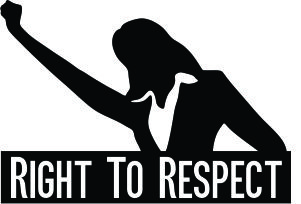Bullying, unfortunately, is a tricky subject to deal with. There are no federal laws that directly address bullying and only when it overlaps with discriminatory harassment are there legal steps you can take.
What is bullying? Bullying is the act of targeting an individual with severe, pervasive, and persistent treatment that creates a very hostile environment. It interferes with a person’s ability to function in school or work and it puts heavy strain on their personal relationships. Bullying can be physical or emotional abuse.
Kids are not the only ones to face bullying. A suprisingly large number of workers experience workplace bullying. According to a survey from 2014, workplacebullying.org states that 27% of workers had present or past experience with abusive conduct in their work environment.
What happens when bullying overlaps with discriminatory harassment?
Discriminatory harassment and bullying overlap when they are based on race, sex, color, religion, national origin, age, or disability (protected status groups). In order to claim that you were a target of discriminatory harassment you not only have to be a member of one of those protected status groups listed but you also have to have been mistreated by a person who was not a member of a protected status group.
Schools and workplaces must take discriminatory harassment seriously. Schools are obligated by law to investigate and resolve any situations of discriminatory harassment. Workplaces typically have systems in place to quickly and effectively process complaints of discriminatory harassment.
Not all types of bullying fall into the category of discriminatory harassment, however.
In these cases, it’s important to still take steps to deal with the situation. Bullying can take a tough mental toll of the victim, so the sooner it stops, the better.
For children in schools there are a few techniques to help against bullies:
Children can show a strong front. They can present good posture and eye contact to show bullies that they are not easily intimidated. Encourage children to communicate and to tell their bully to stop.
Another important thing children should consider is their environment. When children stick by friends and stay in crowded areas, as opposed to isolated areas, they’re more likely to discourage bullies from bothering them. Bullies don’t usually want to spend the effort to pick on a person who has support. If those aren’t options, however, tell your child to find an authority figure to report their experience to.
Adults dealing with workplace bullies can also take certain steps:
For adults experiencing workplace bullying, their first step should also be to communicate with their bully and tell them to stop their behavior. Tell them to stop through email so that you have a paper trail to record all the times that the unwelcome behavior has taken place. It’s important when talking to your bully to site the reasons why their actions, words or behavior is making you uncomfortable.
Additionally, although harder in a workplace, it’s important to try not to get into situations where you’re isolated with your bully. Try to keep people you trust around you.
If, after communicating with your bully and telling them to stop, they persist, then consider filing a complaint to H.R. in writing. Even if nothing comes of the complaint, if enough people complain about the bully, the company will take notice and either transfer them or fire them.
If that’s not a possibility, try seeking legal professional help to see if there are legal steps you can take. Each case is unique and a legal professional may be able to think of a solution to your case.















Comments